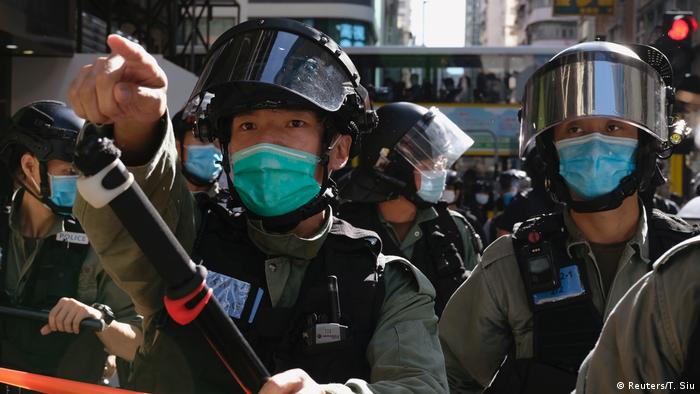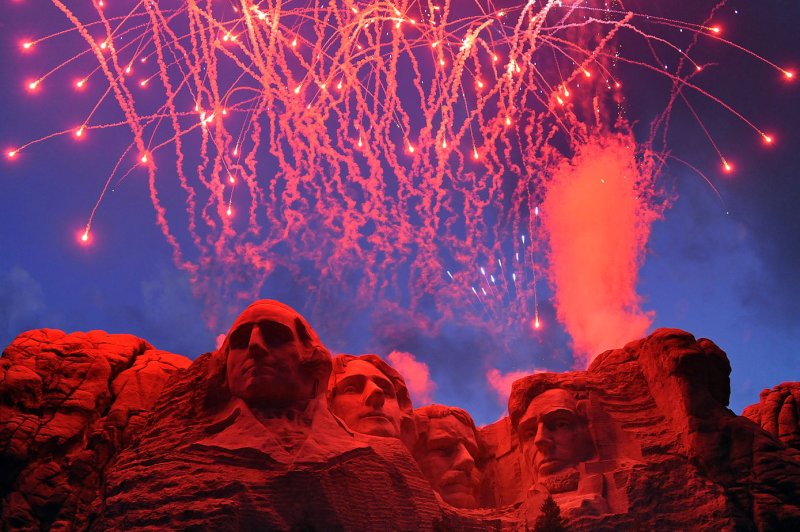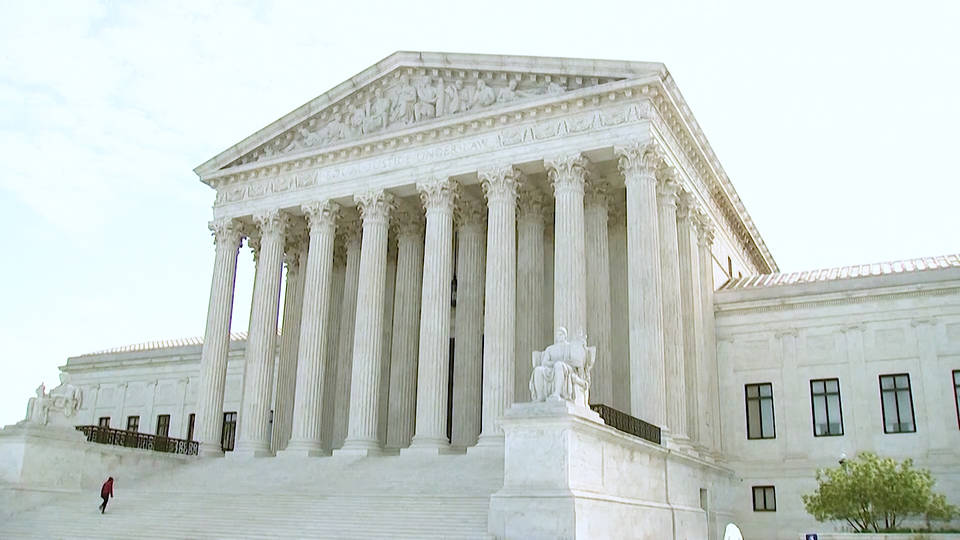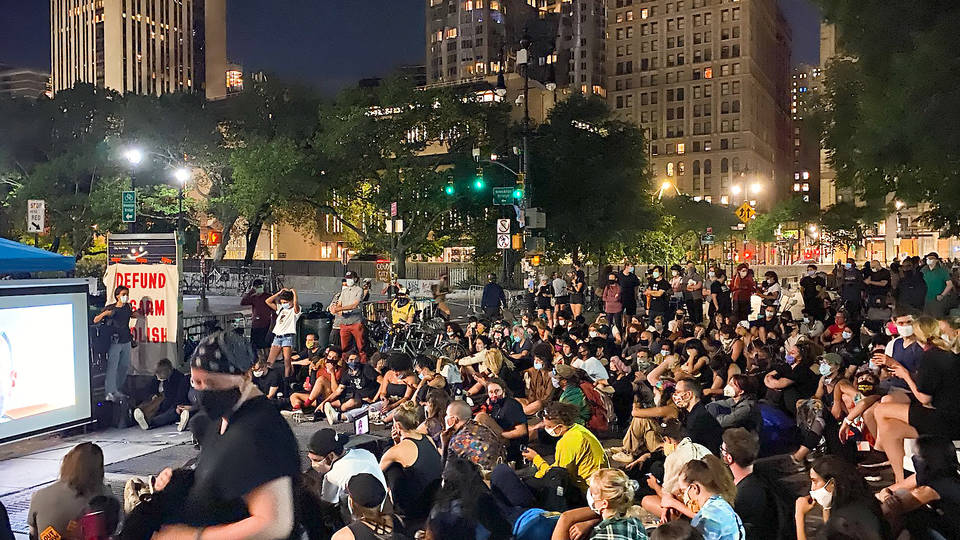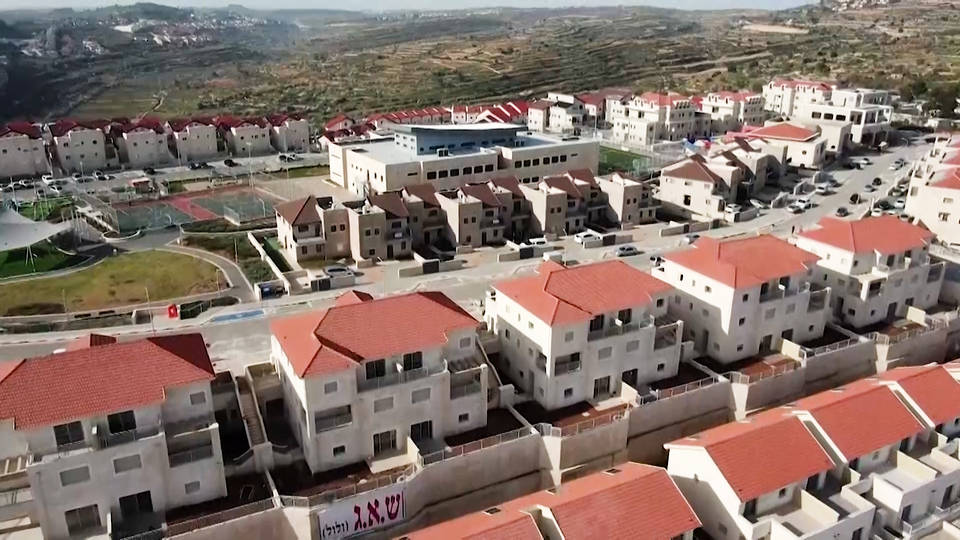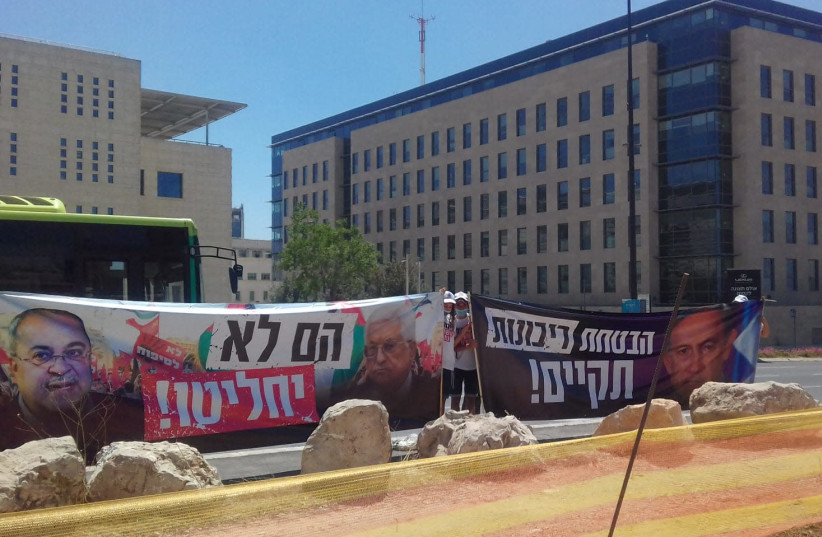A civilian was shot dead after an encounter between paramilitary police and militants in Indian-administered Kashmir. Pictures of the grandson sitting on the dead man's body sparked outrage in India's Kashmir.
Indian-administered Kashmir witnessed protests on Wednesday after a civilian was killed in the aftermath of a clash between militants and the Central Reserve Police Force (CRPF), India's paramilitary police.
Hundreds of people protested at the man's funeral in the city of Srinagar, chanting "We want freedom" from India.
Bashir Ahmed Khan was allegedly shot dead by the CRPF. "Locals said that Khan was brought out of his car and shot dead by the forces," Farooq Ahmed, a nephew of Khan, told the AFP news agency.
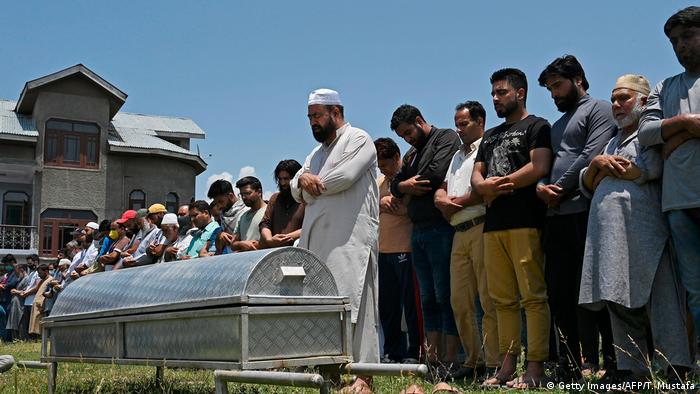
Relatives and neighbors offer prayers at the funeral of Bashir Ahmed Khan
The police of India's Jammu & Kashmir (J&K) state refuted the family's claims. The police threatened "legal action against false reports and rumors."
A clash that led to social media furor
Militants attacked a CRPF patrol party in the town of Sopore in Indian-administered Kashmir on Wednesday when they opened fire from the attic of a mosque. A member of the CRPF reportedly died in the attack.
According to local media reports, Khan was on his way to check a construction site in the town of Sopore in Indian-administered Kashmir, when he was dragged out of his car and killed by CRPF personnel.
The inspector general of Kashmir's police, Vijay Kumar, said during a press briefing after the incident that Khan was hit by a bullet when he was running to safety with his grandson.
Kumar added that Khan's family was blaming the CRPF for his death as they were "afraid of militants."
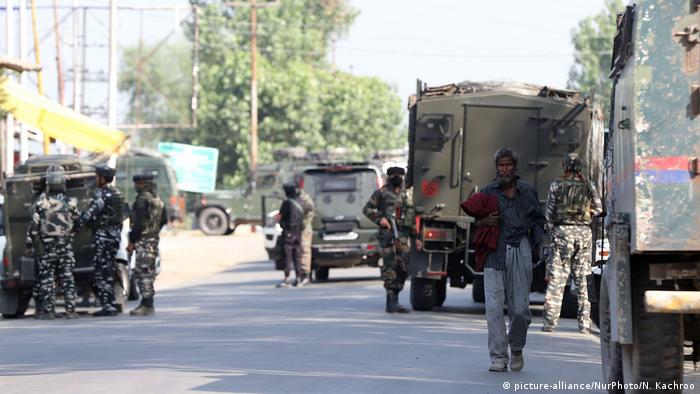
Indian security forces near the site where militants attacked the CRPF in Sopore
Khan's death triggered an uproar on social media when pictures of his 3-year-old grandson, Aayad, who was accompanying him, were circulated.
In the photos, Aayad is crying on the dead body of his 65-year-old grandfather. Khan's family has alleged that Aayad was placed on the dead body while someone took the photos.
The local police also shared a photo of Aayad with a police officer, after the incident. The police claimed that he was rescued from getting hit by bullets during a "terrorist attack in Sopore."
Amnesty India, the local branch of Amnesty International, a global human rights NGO, said that by revealing the identity of a minor who witnessed a crime, the local police had violated Article 74 of the Juvenile Justice (Care and Protection of Children) Act, 2015.
Kumar indicated in the press conference that someone within the police could have taken the photo of Aayad on the dead body.
"Going to the operation area with mobiles is wrong. I will ensure police teams going for operations don't carry mobiles along as that may pose a threat to their lives. Whoever has shared his pictures will have to face action," he said.
Kumar further said that he could have disconnected internet services in the area after the incident, but didn't do it as he wanted to see "how people behave."
The National Conference (NC) and the Peoples Democratic Party (PDP), two of J&K's biggest political parties, called for a probe into the incident.
Omar Abdullah, the former chief minister of J&K, called out the police for filming and sharing the child's misery and pain.
DW RECOMMENDS
Clashes in Kashmir after Indian soldiers kill civilian
Angry demonstrators have clashed with Indian security forces after a young man was killed. Police said he ignored signals to stop at the checkpoint, but his father refutes their claim. (14.05.2020)
Kashmir conflict photographer Masrat Zahra wins top photojournalism award
For her moving images of the conflict in Kashmir, Masrat Zahra has been named the winner of the 2020 Anja Niedringhaus Courage in Photojournalism Award. The jury praised her work for its sense of "dread and community." (11.06.2020)
India's new residence law triggers fury in Kashmir
New Delhi has announced a controversial new domicile law for the highly disputed Himalayan region. Experts and rights activists warn the move could renew tensions in the already restive Muslim-majority territory. (04.04.2020)




